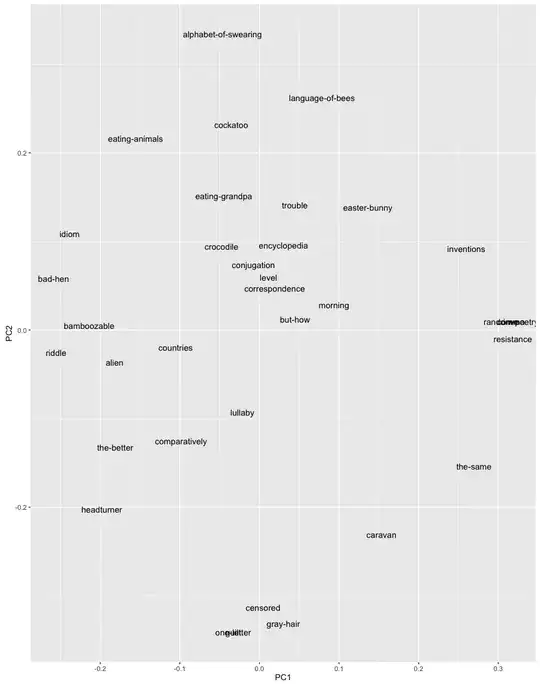For me a core issue here is that the Bayesian criticism of the p-value is based on Bayesian reasoning that a frequentist would not normally accept. For the Bayesian, the "true parameter" is a random variable (as probability distributions are about formalising uncertainty, and there is uncertainty about the value of the true parameter), whereas for the frequentist the "true parameter" is fixed and the basis of probability calculations (as probability distributions are about how data will distribute under idealised infinite replication).
The Bayesians start from a prior distribution over the parameter, which according to frequentist logic does not normally exist (unless we're in a situation where various "true" parameters are indeed generated in some kind of repeatable experiment as in "empirical Bayes" situations).
Updating the prior by the data, the Bayesian will produce a posterior and can then make statements about what the probability is that the true parameter lies in a certain set or takes a certain value. Such statements can not be made in frequentist logic, and surely the p-value doesn't do such a thing.
What's behind the "p-values overstate the evidence" issue is that some Bayesians actually interpret the p-value as (some kind of approximation of) the probability that the null hypothesis is true, in which case they can compare it with the same probability computed by Bayesian logic. Depending on the prior, one could then come to the conclusion that the p-value is too low or too high.
(This paragraph added after comments:) The connection between this and the statement about "evidence" is that some Bayesians tend to think that only probabilities that hypotheses are true (and certain quantities derived from them) qualify as valid measurements of evidence. This means that in order to accept the p-value as a measure of evidence, they need to interpret the p-value in this way. A frequentist can still think of a p-value as a measurement of evidence, but this measurement would then be something essentially different, as probabilities of hypotheses being true don't normally make sense in frequentist logic.
The problem here is that this (a probability of the null hypothesis being true) is not what the p-value is; according to frequentist logic there is no such thing as a "true prior" that could be used as a basis for this, and the p-value is a probability computed assuming the null hypothesis to be true, rather than a probability that the null hypothesis is true. Therefore a frequentist shouldn't accept the Bayesian computation as "what the p-value should be". The Bayesian argument (not shared by all Bayesians!) here is that a Bayesian interpretation of the p-value isn't as good as proper Bayesian analysis, but the frequentists can say that the p-value shouldn't be interpreted in this way in the first place.
The Bayesians have a point though in the sense that the p-value is often misinterpreted as a probability of the null hypothesis being true, so their criticism, although not applicable to a correct understanding of the p-value, applies correctly to what some people make of it. (Furthermore Bayesians can claim that parameters should be treated as random variables rather than as fixed, which is a more philosophical discussion and doesn't concern p-values in particular but the whole of the frequentist logic.)
